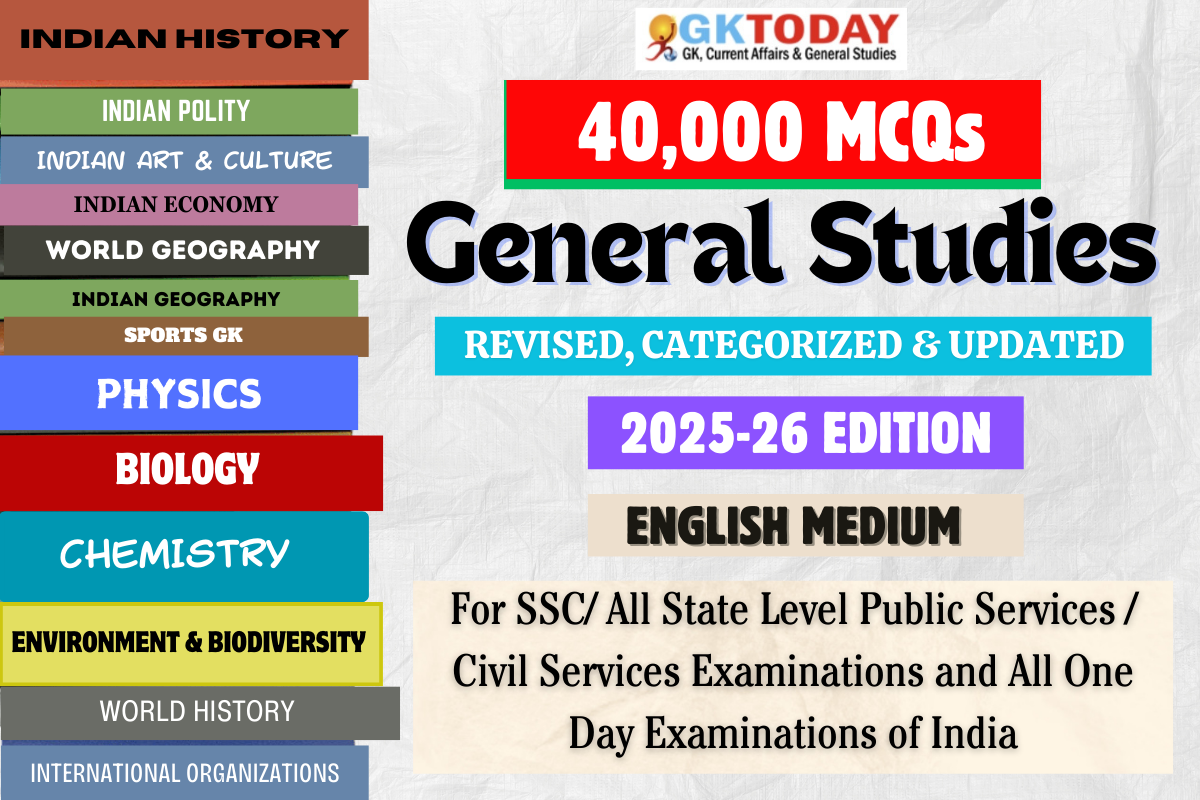Physics MCQs
Physics Objective (Multiple Choice) General Knowledge & General Science Questions & Answers for SSC-CGL, UPPSC, NDA, CDS and all one day examinations of India.
11. Which of the following are generally used to reduce reverberation in an auditorium as sound absorbents?
[A] compressed fibreboard
[B] rough plaster
[C] draperies
[D] All of the above
Show Answer
Correct Answer: D [All of the above]
Notes:
To reduce reverberation, the roof and walls of the auditorium are generally covered with sound-absorbent materials like compressed fibreboard, rough plaster or draperies.
12. Which of the following sound waves are used in echocardiography?
[A] Infrasonic
[B] Ultrasonic
[C] Between 20 Hz and 2000 Hz
[D] None of the above
Show Answer
Correct Answer: B [Ultrasonic]
Notes:
Ultrasonic waves are made to reflect from various parts of the heart and form the image of the heart. This technique is called ‘echocardiography’.
13. What will be the apparent frequency when the both source of the sound and listener move in the same direction with same velocity?
[A] it will be more than the actual frequency
[B] it will be less than the actual frequency
[C] it will be equal to the actual frequency
[D] None
Show Answer
Correct Answer: C [it will be equal to the actual frequency]
Notes:
When both moves in the same direction with same velocity n’ = n, i.e. there will be no Doppler effect because relative motion between source and listener is zero.
14. What do we call the process in which heat is transferred from one place to the other without any intervening medium?
[A] Radiation
[B] Conduction
[C] Convection
[D] None of the above
Show Answer
Correct Answer: A [Radiation]
Notes:
The process in which heat is transferred from one place to the other without any intervening medium is called radiation.
15. Which of the following is the phenomenon responsible for the trade winds?
[A] Convection
[B] Conduction
[C] Radiation
[D] None of the above
Show Answer
Correct Answer: A [Convection]
Notes:
The trade-wind, which is the steady surface wind on the earth blowing in from north-east towards the equator, is an example of natural convection.
16. Which of the following is correct about the rate of loss of heat of the body, as per the Newton’s law of cooling?
[A] It is directly proportional to the difference of body’s temperature and the surroundings
[B] It is inversely proportional to the difference of body’s temperature and the surroundings
[C] It is equal to the difference of body’s temperature and the surroundings
[D] None of the above
Show Answer
Correct Answer: A [It is directly proportional to the difference of body’s temperature and the surroundings]
Notes:
According to Newton’s law of cooling, the rate of loss of heat, – dQ/dt of the body is directly proportional to the difference of temperature of the body and the surroundings.
17. Which of these phenomenon is due to the scattering of light?
[A] blue colour of sky
[B] reddening of the Sun at sunrise
[C] reddening of the Sun at sunset
[D] All of the above
Show Answer
Correct Answer: D [All of the above]
Notes:
Scattering of light causes the blue colour of sky and the reddening of the Sun at the sunrise and sunset.
18. What part of eyes give it a distinctive colour?
[A] Cornea
[B] Iris
[C] Pupil
[D] Retina
Show Answer
Correct Answer: B [Iris]
Notes:
The iris is that part of eye which gives it its distinctive colour.
19. In which of the following cases a concave mirror will form a virtual and erect image?
[A] when object is placed at infinity
[B] when object is at focus
[C] when object is between pole and focus
[D] None of the above
Show Answer
Correct Answer: C [when object is between pole and focus]
Notes:
When the object is between pole and focus, a concave mirror will form a virtual and erect image.
20. What is the relationship between the magnetisation of a paramagnetic material and the absolute temperature?
[A] they are directly proportional to each other
[B] they are inversely proportional to each other
[C] they are independent of each other
[D] None
Show Answer
Correct Answer: B [they are inversely proportional to each other]
Notes:
The magnetisation of a paramagnetic material is inversely proportional to the absolute temperature. This is known as Curie’s law.

